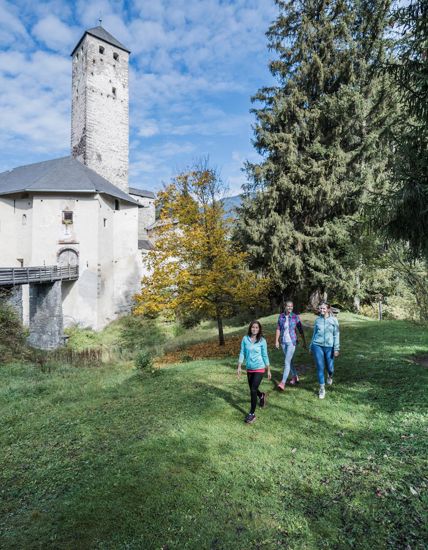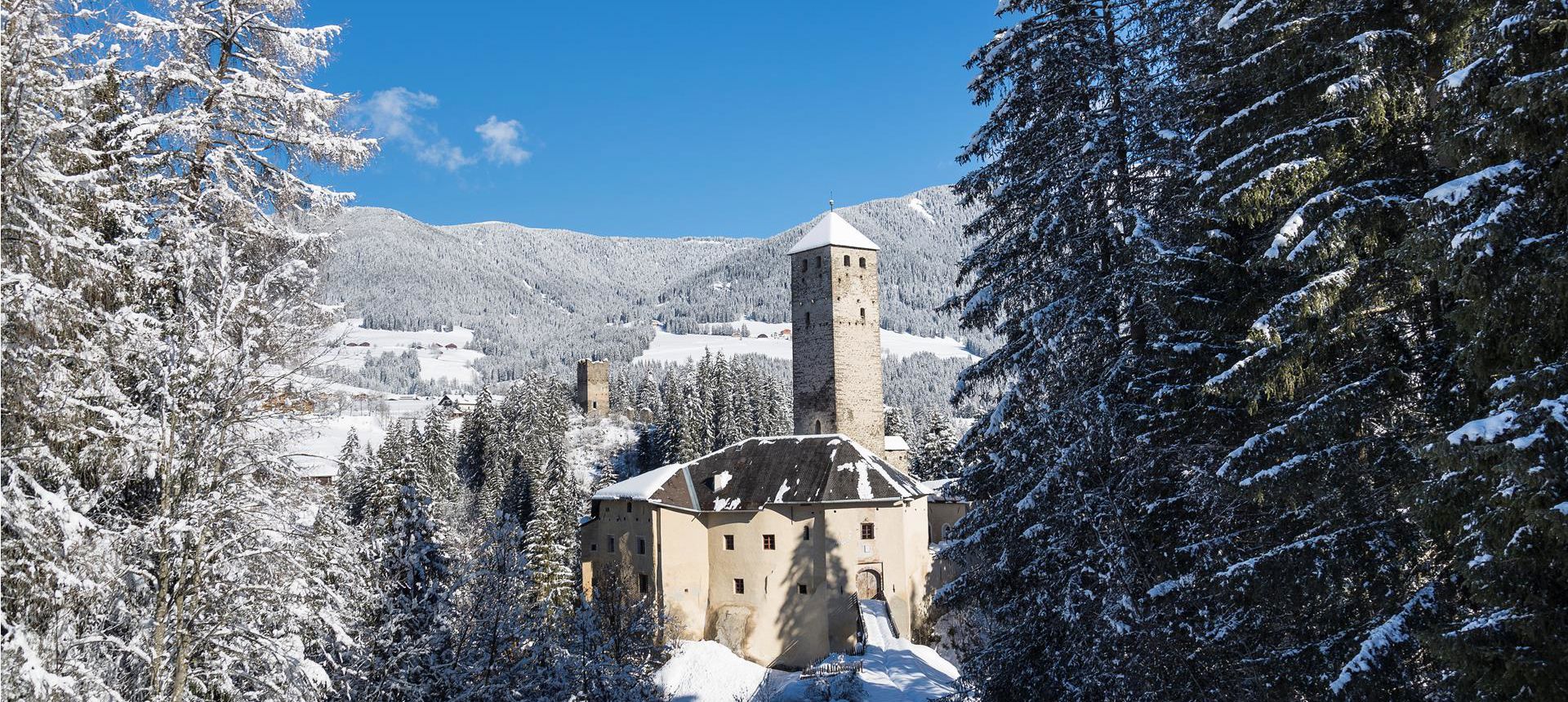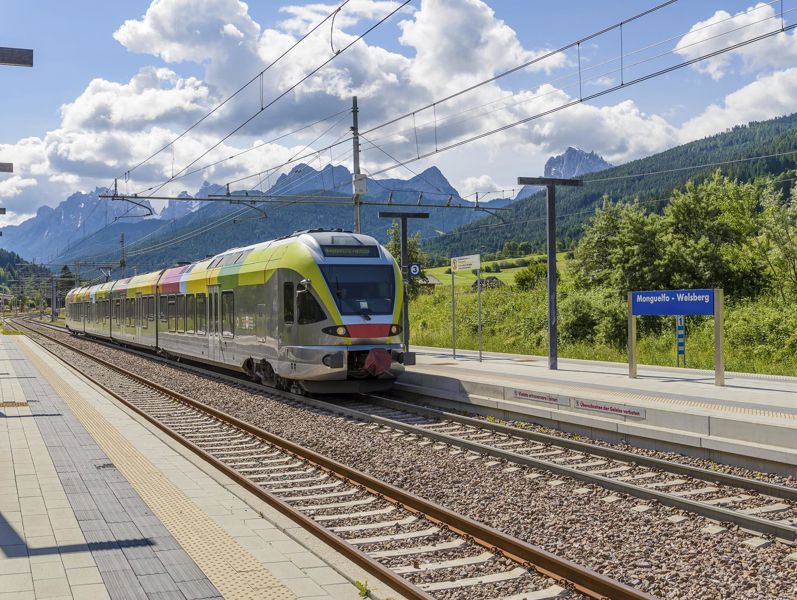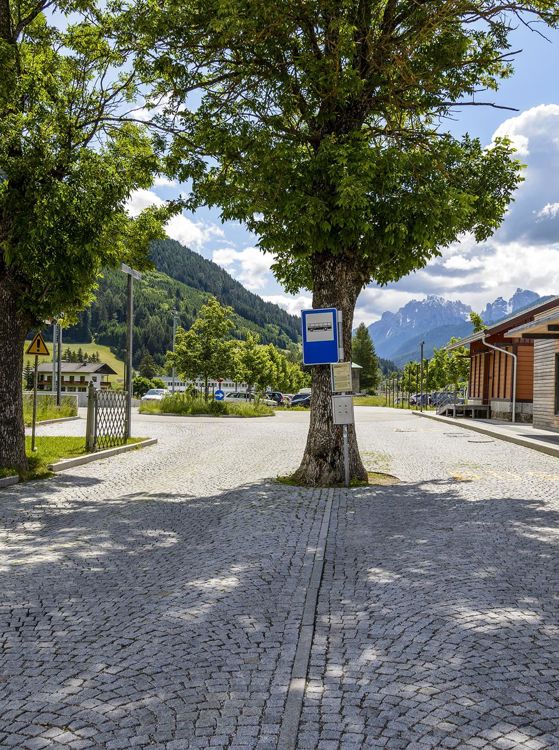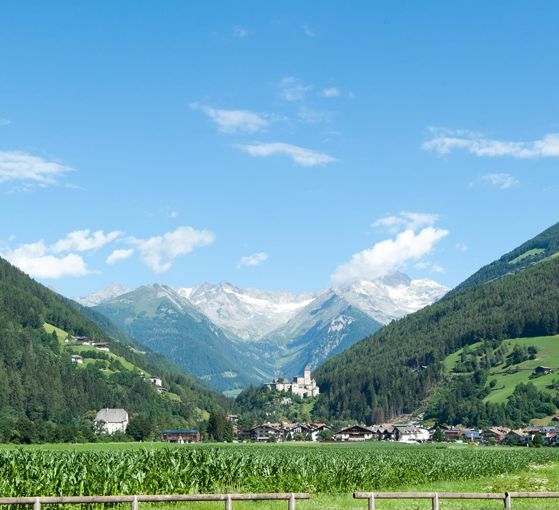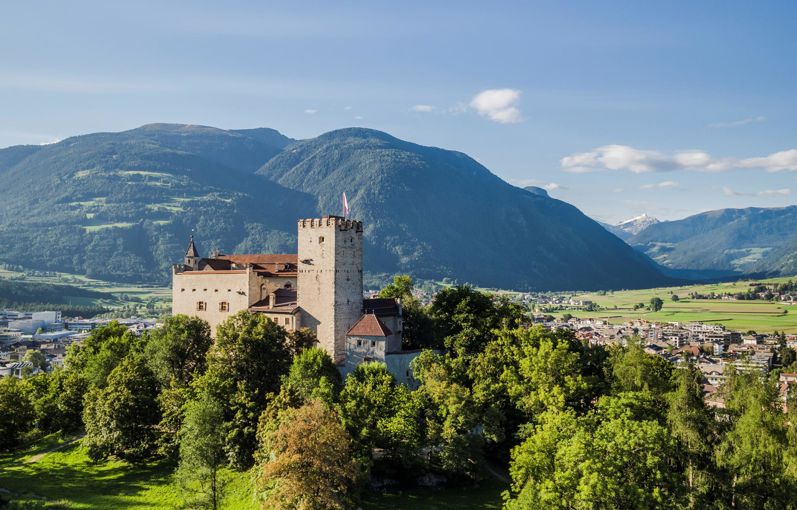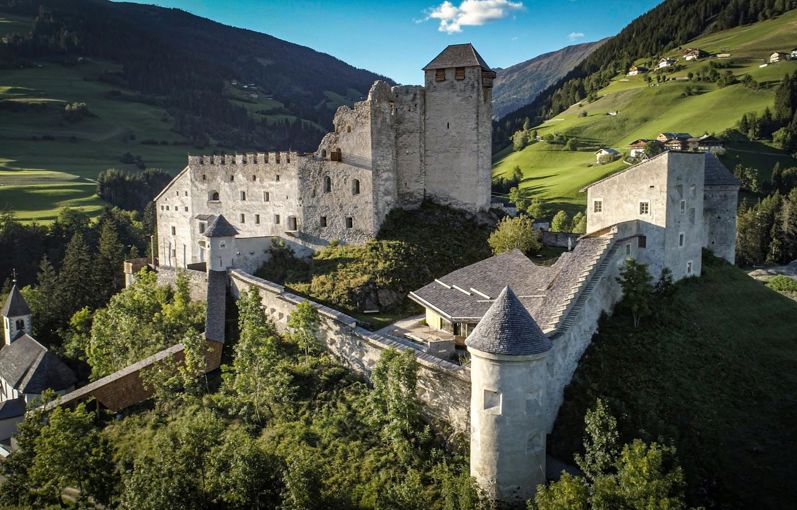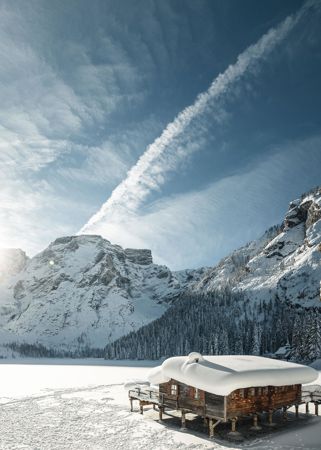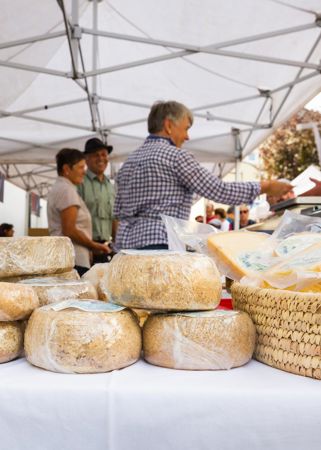Welsperg Castle
A location for exhibitions, concerts and festivals
In 1140, the brothers Schwikher and Otto von Welsperg built the castle on a rocky outcrop above the village of Monguelfo/Welsberg, which would remain in the family for 800 years.
From Welsperg to Monguelfo/Welsberg
Monguelfo/Welsberg was still called Budigum around 1080. This original name of the village lives on in the name ‘Pidigbach’, which is still used today for the watercourse from the Val Casies/Gsiesertal valley. In 1151, 1230 the village name ‘Cella’ (Zell) is used for Monguelfo/Welsberg. This name goes back to the monks' cell that existed here as a “branch monastery” of the Innichen monastery founded by Tassilo III of Bavaria in 769. It was only when the secular rule of the Görz ministerial dynasty of the Lords of Welsperg was established that their name also became established for their ancestral castle and the village. Welsperg is etymologically derived from the mountain of Welf. The Old High German personal name Welf, in its oldest form Hwelf, refers to the young of wild animals. The name was also used as a term of endearment by the ancient Romans, analogous to the Latin word Catalus, which has the same meaning.
About the property
The Lords of Welsperg, who claim to be descended from the Guelphs, are one of the most important noble families in Tyrol. Their political and social rise began as subbailiffs to the Counts of Gorizia and Tyrol. They then increased their wealth and importance through clever marriage policies and skilful trading, mining and administrative activities. The family reached the pinnacle of their rise to power with Baron Guidobold von Welsperg und Primör, who became official chamberlain and advisor to the emperor. In April 1693, Leopold I awarded Guidobald the title of Count of the then Roman Empire of the German Nation.



